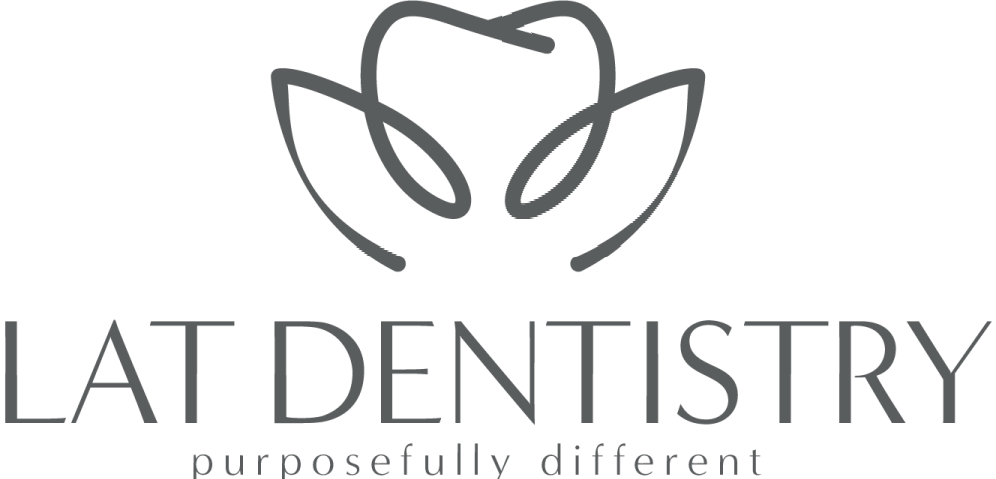Smile Esthetics
Did you know that within 1/10th of a second you make decisions about others based on their smile and others make decisions about you in the same way?! With a quick glance, people subconsciously assess things like trustworthiness, leadership potential, and even your level of success.
So what are the things about a smile that affect how people perceive it?
There are a few basics we see right off the bat: symmetry and tooth alignment. People can petty easily assess of the front 2 teeth are asymmetrical or if they are aligned straight vs on an angle.
Before and After of a smile with asymmetrical front tooth shape and position.
There are some consistent measurements of teeth across all cultures and populations such as how long the front teeth are and how much tooth shows below the top lip when the lips are at rest. Less tooth show at rest of the top teeth is an older look, while more upper tooth show at rest is a more youthful look.
A smile with no tooth show at rest vs slight tooth show at rest giving a more youthful appearance.
We can easily determine if the teeth follow the bow of the bottom lip, or if the teeth don’t match up with the shape of the lip and smile.
Front teeth showing a reverse smile line that does not follow the lower lip vs front teeth that do follow the lower lip shape.
Two big items most people don’t notice but aren’t aware how to describe are the amount of gum tissue that shows with a big smile and how many back teeth show in a full smile. Sometimes a lot of gum tissue showing in a big smile can make the teeth look short an boxy because there is too much gum tissue. Sometimes a smile looks like teeth are missing when the back premolars and molars can’t be seen in a full smile. Other times teeth are sitting at inclined angles that deflect light, making them look darker and shorter than they really are.
Effect of seeing dark space between corners of the mouth and teeth gives smile a narrower or wider appearance.
Other big components we assess when we assess a smile are tooth texture, tooth shade, tooth angle and alignment, tooth wear and breakage, facial symmetry, and gum tissue symmetry.
There are many aspects of a smile, and every smile is beautiful and unique. In cases where people feel uncomfortable with their smiles, it helps to look at examples of smiles they do like so we can define the components of the smile we may decide to change. The esthetic side of dentistry is incredibly complex and rewarding, with results that are life-changing. For our patients who want to change aspects of their smile, we assess what they like and don’t like, the factors that we can change and the ways we may choose to change them, then we map out an individualized plan.




